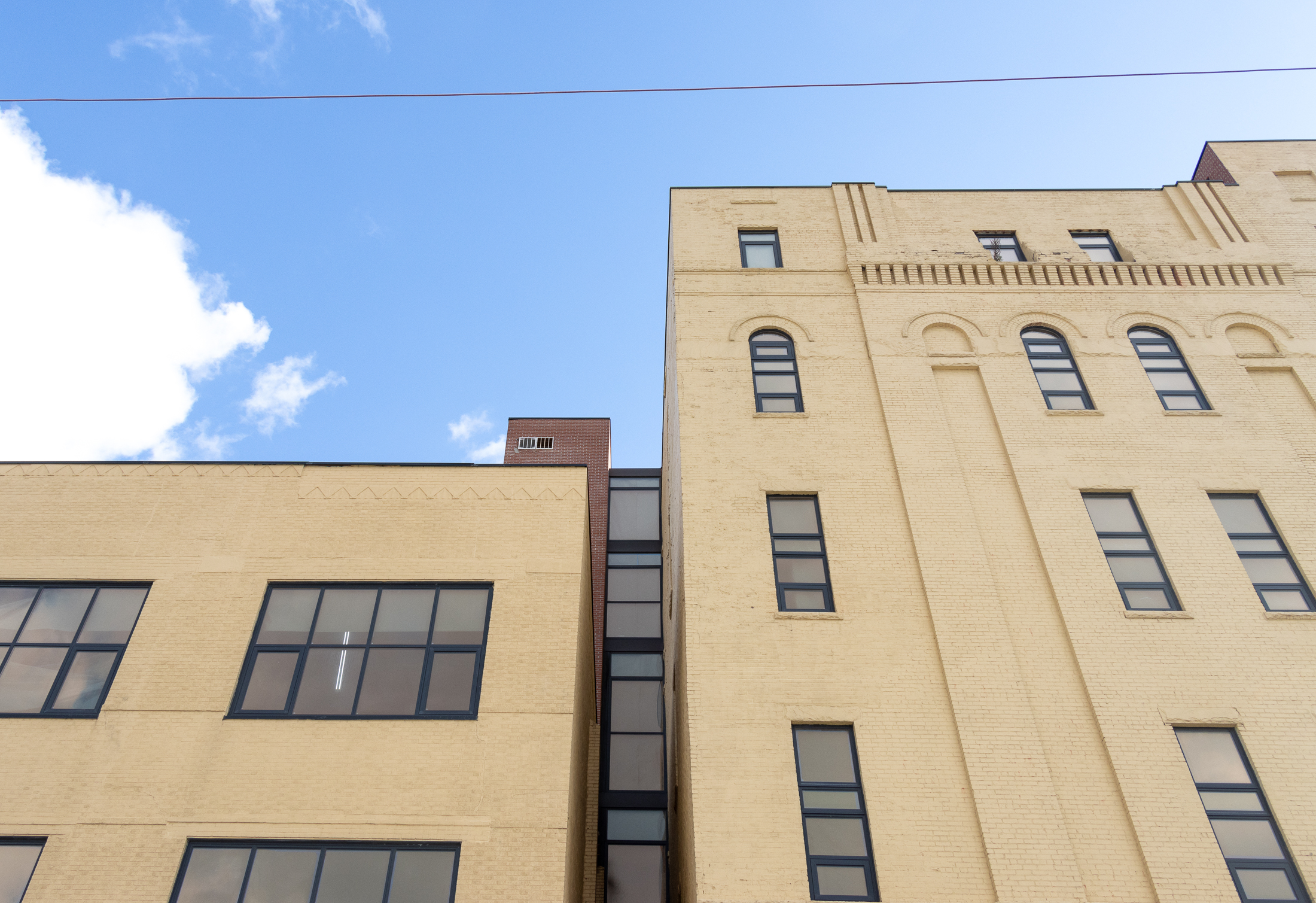Repairs to Hurricane Sandy-Damaged F Train Tunnel Will Start in August
Nearly eight years after Superstorm Sandy devastated the city’s subway infrastructure, transportation execs are moving ahead with a multimillion-dollar repair plan for the underwater F train tunnel between Brooklyn and Manhattan.

Photo by Mary Hautm
Nearly eight years after Superstorm Sandy devastated the city’s subway infrastructure, transportation execs are moving ahead with a multimillion-dollar repair plan for the underwater F train tunnel between Brooklyn and Manhattan, the MTA announced Monday.
The project, which is believed to cost between $50 and $100 million, will make the Rutgers Tube the 11th and final MTA tunnel under a major body of water to be rebuilt after damage sustained from the 2012 storm, agency reps said.
Prep work is expected to begin on the tunnel, which stretches from Brooklyn’s York Street station to Manhattan’s East Broadway stop, in August — and major work is slated to start in mid-September, before wrapping up next spring.
Most of the work will be done on nights and weekends to help “minimize inconvenience” and avoid weekday shutdowns — a tactic the agency carries over from the controversial L train project, which finished ahead of schedule and under budget after a years-long partial shutdown this April.
“The L train project demonstrated that the MTA can deliver major projects much faster and at less cost than anybody expected,” said President of MTA Construction and Development Janno Lieber in a statement. “Now, with the Rutgers (F train) tube, we’re on a mission to prove that we can make it the norm, as we continue to embrace advanced technologies and private sector development techniques.”
The agency also noted that much of the initial overnight work will coincide with the already-in-place overnight subway shutdowns for cleaning during the COVID-19 pandemic.
The official announcement comes after years of anxious speculation from the F train’s more than 30,000 riders, who watched for nearly a half decade as state transit honchos pressed forward with various plans for the L train tunnel — which was initially scheduled to be shuttered for more than a year, until Governor Cuomo abruptly halted that plan in favor of a partial closure.
Like that scheme, the Rutgers Tube Project will rehabilitate systems and components within the tube that were damaged during Superstorm Sandy and will replace other parts that have reached the end of their “useful lives,” officials said.
The project will also see the installation of a cable management racking system, much like the one installed in the L line’s Canarsie tunnel, and feature track, signal equipment, and various other communication upgrades. Structural repairs and platform accessibility work at the East Broadway station and the addition of cellular service within the tube are also a part of the new proposal.
Officials expect the project will take just 14 months — making it the fastest of all Sandy tube fixes, which averaged 28 months.
“Once complete, we will have rehabilitated every tunnel damaged during Sandy, further fortifying the system against future natural disasters,” said Sarah Feinberg, interim president of MTA New York City Transit. “We’re working to make sure this work leads to as few disruptions as possible for our customers and look forward to getting this vital project underway in the weeks ahead.”
The plan is subject to MTA Board approval — which the agency expects will come on July 23.
Editor’s note: A version of this story originally ran on Brownstoner sister pub Brooklyn Paper. Click here to see the original story.
Related Stories
- Sorry, Folks, We Were Just Kidding. The L Train Won’t Shut Down After All, Says Cuomo
- How Safe Is Dumbo’s York Street Subway Stop With Only One Exit?
- How Many of Brooklyn’s Secret Tunnels Have You Unknowingly Walked Over?
Sign up for amNY’s COVID-19 newsletter to stay up to date on the latest coronavirus news throughout New York City. Email tips@brownstoner.com with further comments, questions or tips. Follow Brownstoner on Twitter and Instagram, and like us on Facebook.









What's Your Take? Leave a Comment